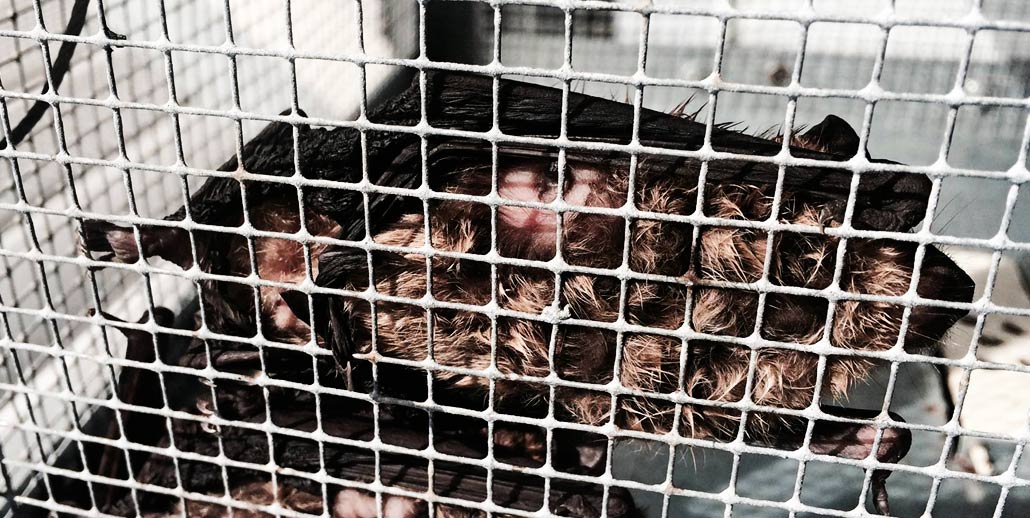- USA Wildlife Removal Education Guide - Biology of Evening Bat
Biology of Evening Bat

Like most bats, they mate in the early fall, but the Females store sperm in their reproductive tract until spring, when ovulation occurs.
Adult males will breed with about twenty females. Females breed only once per year. His young will be born live in a colony of females without him present. Evening bats usually have twins, but they can have triplets. The pups weigh 2 g, or half his mother’s weight, at birth. This is half of the mother's weight after giving birth. This is one of the largest newborn mammals (in compared size of the mother) known.
The Pups can open their eyes within 24 to 30 hours of birth. They can fly at about three weeks. They are weaned at 6 to 9 weeks. Males leave the roost after about six weeks, but the females remain in the colony for life.
Evening bats live in communal groups. They live in groups of 30 or so bats. In early fall, females living in northern areas migrate south. In the spring, the females return to their northern homes to give birth. Males do not migrate. They prefer to stay in the southern portion of their area throughout the year.
Like most bats they navigate through the use of echolocation, using sound to “draw” a map for them. The hunt at dark and consume hundreds of pounds of bugs nightly. Their favorite food is beetles like June bugs and cucumber beetles. Unlike most bats, little is known about how they actually communicate. There is a decline in the number of Evening bats of late. This is attributed to loss of forest in which they roost.
If you need help, we service the entire USA! Click here for a wildlife removal specialist in your town!
Go back to the main Bat Removal page for more information about Biology of Evening Bat.

